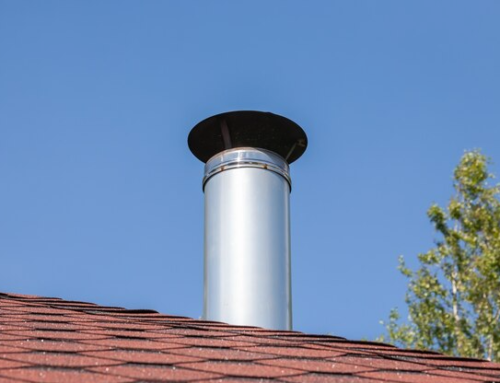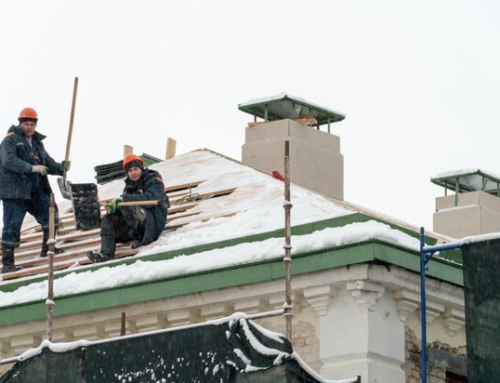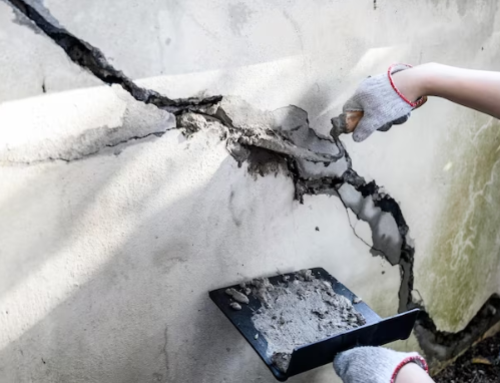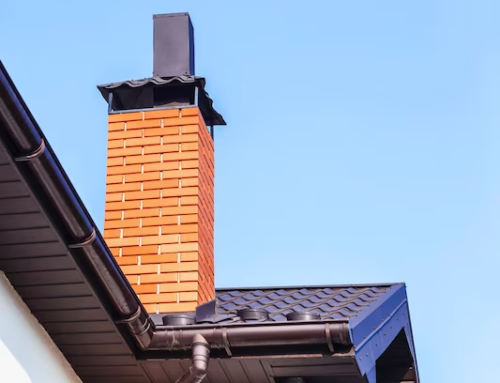How well do you know your chimney and fireplace? Although most homeowners have a general idea of how a chimney system work, not many of them are familiar with its individual components and the inner structure.
However, in order to ensure optimal performance and safety, it’s vital to understand your fireplace and chimney. To help you with this endeavor, we’ve compiled a list of some important fireplace and chimney terms you should know.
Chimney Cap
A simple yet important component, a chimney cap covers the open flue pipes of a brick fireplace and prevents moisture from entering the chimney. Some chimney caps come with a metal mesh screen to keep debris, dust, and small animals from obstructing the flue pipe. The mesh also prevents sparks and hot embers from being expelled on to the rooftop.
Crown
The crown refers to the top part of the chimney that rises above the rooftop. Generally made of brick and mortar, the crown is constructed around the flue pipes and is sloped to deflect snow and water from the chimney.
Flue
The flue is a duct, pipe, or opening that expels the gases and smoke from the smoke chamber into the atmosphere.
Flue Liner
Also referred to as the chimney liner, this is a protective covering that lines the interior walls of the flue pipes. Chimneys were assessed in the 1940s by the National Bureau of Standards who made a startling statement in their report: the wooden construction material surrounding an unlined chimney could catch fire in under 4 hours.
The primary purpose of the flue liner is to protect the masonry and the combustible construction materials surrounding the chimney from the corrosive gases and intense heat produced by the fireplace. It keeps noxious gases, such as carbon monoxide, trapped within the flue and prevents them from escaping into living spaces. Chimney flu liners are commonly made either out of cement, stainless steel, or clay tile.
Smoke Chamber
An integral part of the chimney system, the smoke chamber is a passageway located right in the middle of the chimney. The gases and smoke rising from the fireplace are compressed in the smoke chamber, which facilitates their rise out of the flue pipes.
Smoke Shelf
The smoke shelf is located on top of the damper below the smoke chamber. It slightly protrudes upwards to keep the rising gases from entering back into the fireplace or the living space.
CT Chimney Repair offers professional chimney repair and rebuilding services at reasonable rates all across the state of Connecticut. Get in touch with our chimney experts today for further information.







